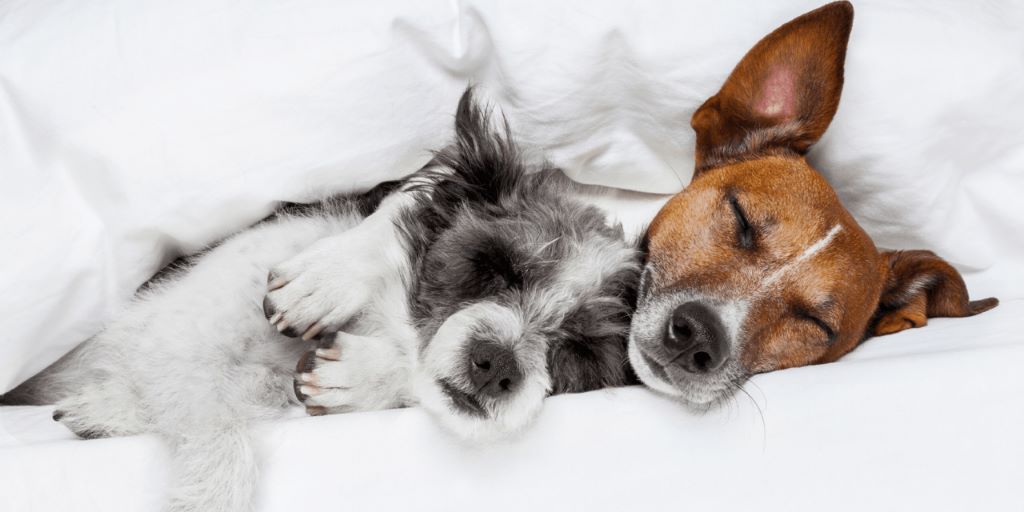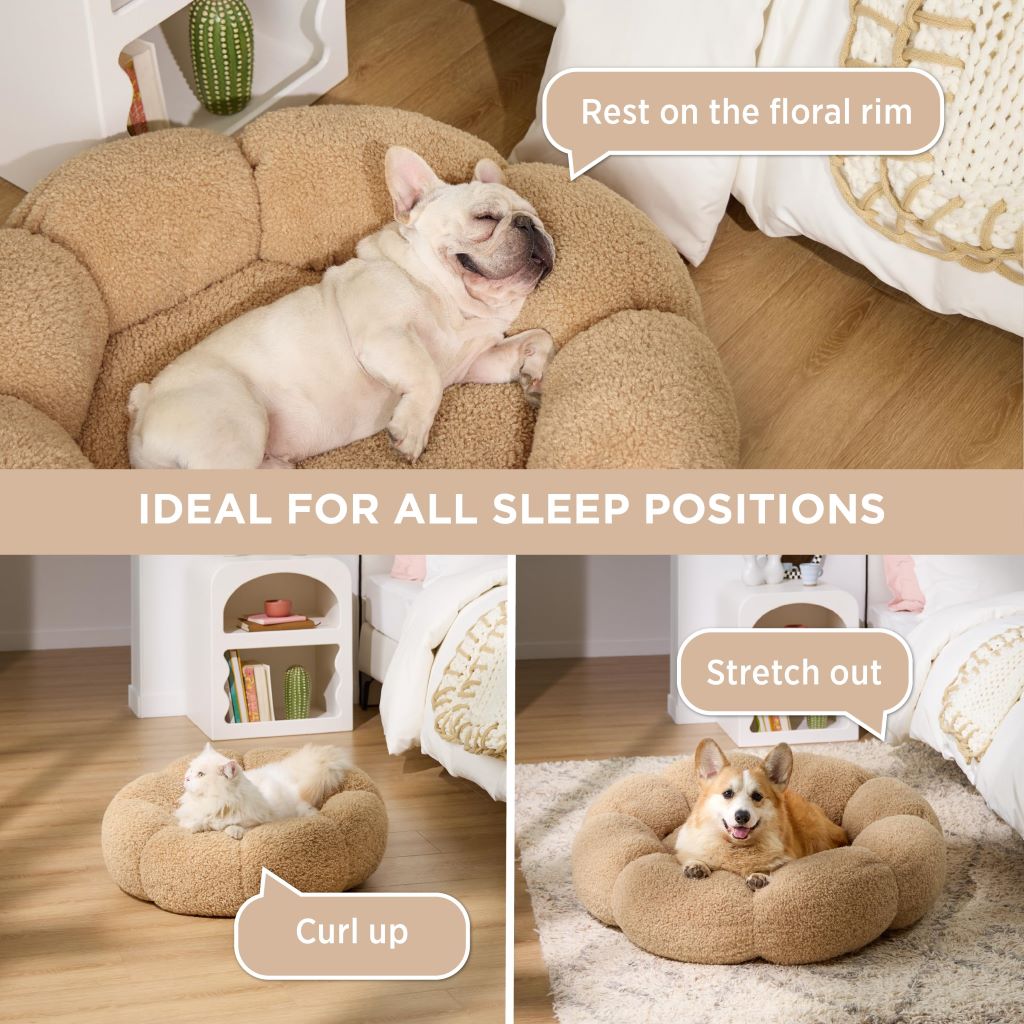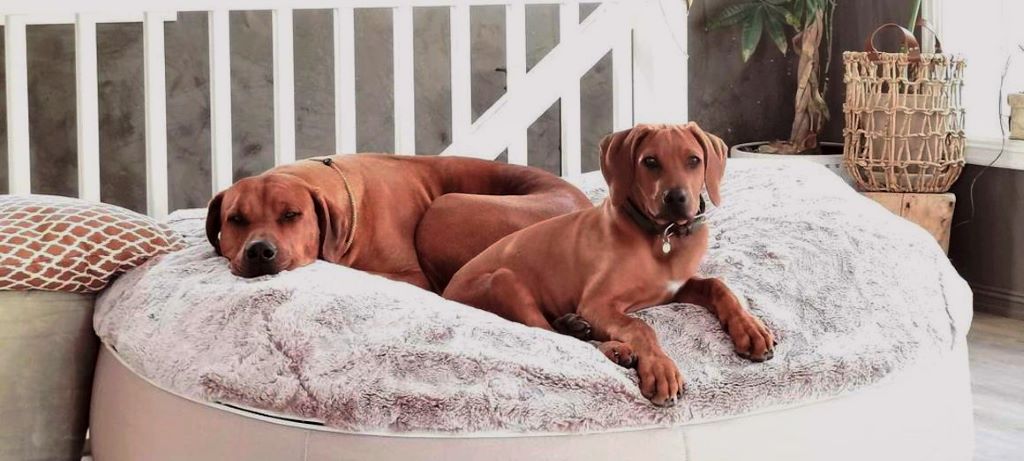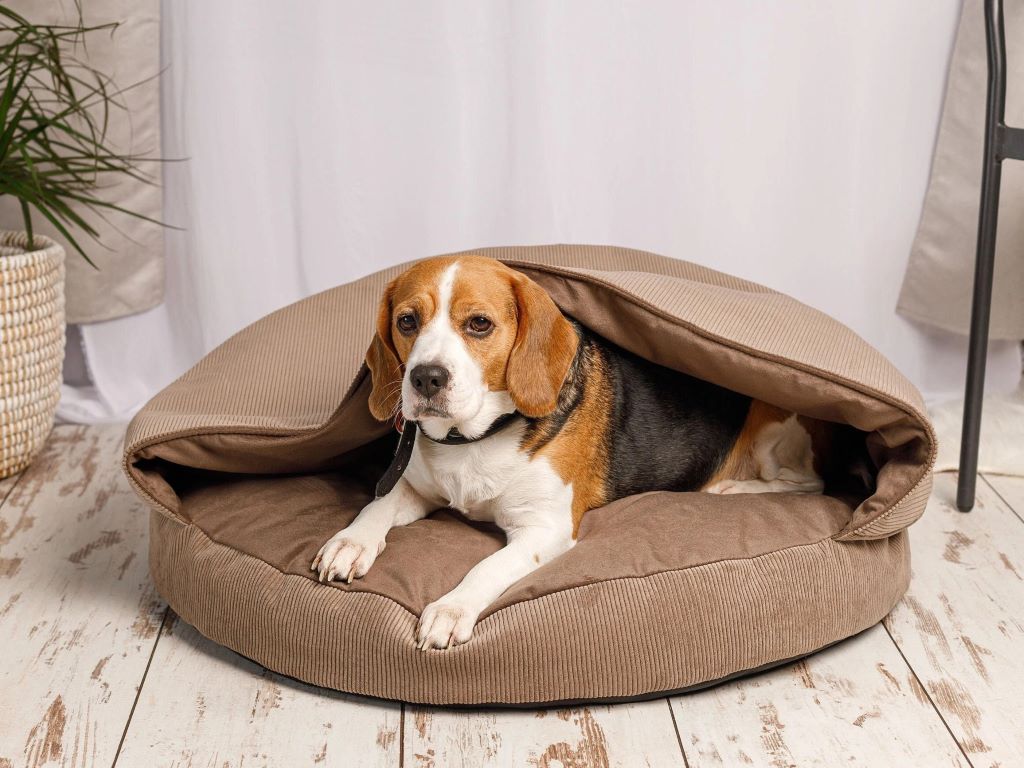A good night’s sleep is essential for everyone, including our beloved small dogs. Choosing the right bed isn’t just about aesthetics; it plays a crucial role in your pup’s comfort, health, and overall well-being. With many options available, selecting the perfect bed can seem overwhelming. This guide will break down the key factors to consider when choosing the ideal
1. Size Matters: Find the Perfect Fit
The most crucial factor is finding a bed that’s the right size for your dog. Measure your dog from the tip of the nose to the base of the tail, then add 8-12 inches. This will give them enough room to stretch out comfortably. A bed that’s too small can be cramped and uncomfortable, while one that’s too large might not provide the cozy feeling many small dogs crave.
2. Sleeping Style: Cater to Their Preferences
Observe your dog’s sleeping habits. Do they curl up in a ball, sprawl out, or sleep on their side? This will help you choose a bed shape that suits your preferences.
- Round or oval beds: Ideal for dogs who like to curl up, providing a sense of security.
- Rectangular beds: Great for dogs who stretch out or prefer to have more space to move around.
- Donut beds offer a raised edge for dogs who like to rest their heads while providing a cozy, enclosed space.
- Cave beds: Perfect for dogs who seek warmth and security, as they create a den-like environment.
3. Material and Filling: Prioritize Comfort and Support

The material and filling of the bed significantly impact comfort and support.
- Memory foam: Conforms to your dog’s body, providing excellent support for joints and pressure points.
- Orthopedic foam: Offers extra support for older dogs or those with joint issues.
- Polyester fiberfill: Lightweight and fluffy, offering a soft and cozy feel.
- Cedar chips: They can provide a natural scent and may help repel fleas and ticks.
Choose materials that are durable, easy to clean, and hypoallergenic if your dog has sensitivities.
4. Additional Features: Enhance the Experience
Consider additional features that can enhance the bed’s functionality:
- Removable covers: Make cleaning easier and allow for seasonal changes in style.
- Waterproof liners: Protect the bed from accidents and spills.
- Heating elements: Provide extra warmth for dogs who get cold easily.
- Cooling gels: Help regulate body temperature during warmer months.
5. Budget: Find Value Without Compromise
Dog beds range in price, so set a budget before you start shopping. While it’s tempting to go for the cheapest option, remember that a higher-quality bed is an investment in your dog’s comfort and health. Look for sales and discounts, and consider investing in a more durable bed that will last longer.
6. Cleaning and Maintenance: Keep It Fresh
Choose a bed that’s easy to clean, especially if your dog is prone to accidents or shedding. Most beds have removable covers that can be machine washed, while others may require hand washing or spot cleaning.
7. Special Needs: Cater to Unique Requirements
If your small dog has any special needs, consider those when choosing a bed:
- Senior dogs: May benefit from orthopedic beds for extra joint support.
- Dogs with anxiety: Might prefer cave beds or beds with raised edges for added security.
- Dogs recovering from surgery: Need a comfortable and supportive bed that promotes healing.
Conclusion
Choosing the perfect small dog bed involves considering various factors, from size and sleeping style to material and additional features. By carefully assessing your dog’s needs and preferences, you can find a bed that provides them with the ultimate comfort and support, ensuring they wake up feeling refreshed and ready for their next adventure.




